By Marina Correa
Photography: Bharat Aggarwal; courtesy the
architect
Read Time: 3 mins
 |
| Dharampura Haveli in old Delhi |
Ar. Kapil Aggarwal readapts
the glory of a 150 year-old haveli in
old Delhi, into a hospitality destination that takes pride in its architectural
and cultural legacy in the contemporary context…
Turning the
Dharampura haveli (old home) into a
heritage hotel, various areas have been retrofitted as spa, museum, restaurants,
shops, suites and a terrace-with-a-view, allowing guests to experience sights
and sounds of the gallis (bylanes), mohallas (neighbourhoods), bazaars and
local flavour of old times from within its historic precincts.
Zero prior
experience in adaptive reuse and conservation; no site plan or measurements; no
templates of restored havelis either;
logistical issues of scouting for skilled labour familiar with conservation
techniques and transporting materials via narrow by lanes were among the many
challenges that principal architect Kapil Aggarwal and his team from Spaces
Architects@ka faced in this project.
So,
starting from base measurements of the site, to visiting different cities to
understand the finer nuances of haveli
style of architecture, conservation of the old home broadly involved strengthening
the main structure with epoxy grouting; micro-concreting, repairing slabs and
floor plates, replicating architectural and decorative elements in the same
scale and finish, albeit with cost efficient materials and even giving a
facelift to a narrow approach lane by concealing underground all the unsightly overhanging
cables.
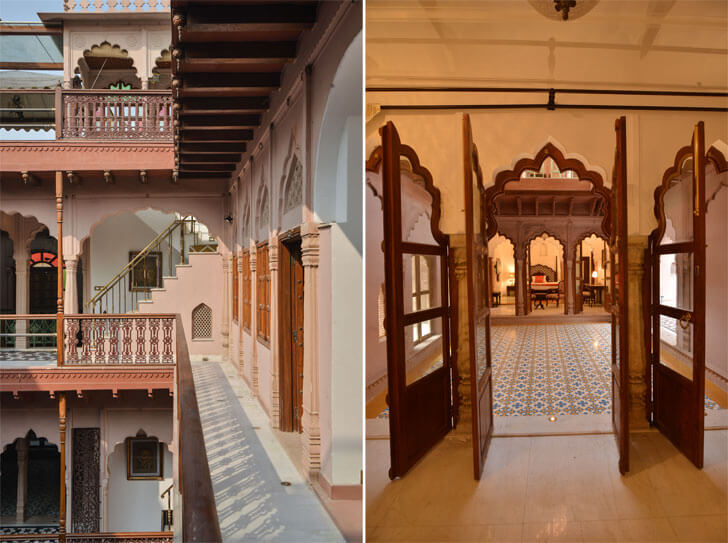 |
| . |
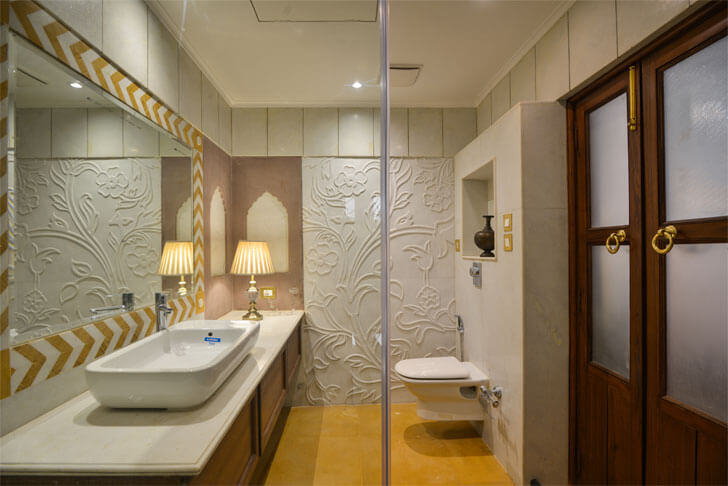 |
| . |
Diligence
and detailing stand out as paramount features of the exercise as the original character
of the haveli is sustained despite contemporary interventions like replacement
of doors with clear glass panels (under arches), modern washrooms, sensitive
incorporation of fibre and mild steel reinforcements in reconstructing elements
and the like.
Recreating
the magnificence of the haveli
facades from the colonial period, the grand entrance is highlighted with intricate
stone carving and cutting work complemented by the colours of Dholpur and red
paint. An original carved 135-year-old wooden door is refurbished and placed as
one of the entry doors; whilst another silver-clad door opens into the courtyard,
as Madhubani-art-covered ceilings allude to richness of art and culture.
The traditional
flavour of Lakhori bricks is revived lending warmth to the ground floor restaurant,
as different functions open into the courtyard ensuring strong visual
connection at all levels, drawing in a flood of natural light and ventilation.
Private
suites on the first and second floor complete with living, bedroom and a lavish
toilet resemble a choti haveli (small
house). Each of the rooms is separated by Rajasthani architectural accents; chiaroscuro
elements play peek-a-boo with motifs on corridor railings – animating the stone
flooring.
The new third
floor features a laser-cut stone jharokha
(ornate window) and a vast terrace provides sweeping views of old Delhi’s historic
monuments. Diligence is shown in enlivening even the most mundane of spaces
such as the lift machine room done up as a mural inlay inspired by Mughal floral
patterns in stone and further embellished by wooden windows and traditional
brackets.
Courtyard
planning, chattris (umbrellas), small
decorative balconies, fluted columns, well designed chabutras (platforms), traditional baithkas (drawing rooms) depicting the confluence of Hindu, Mughal,
Jain and Rajasthani architecture makes it one of the best traditional get-aways
in and around Delhi, to relax and enjoy a slice of history.
The project has been shortlisted in the 'Completed - new and old' building awards at the World Architecture Festival 2016 last month.

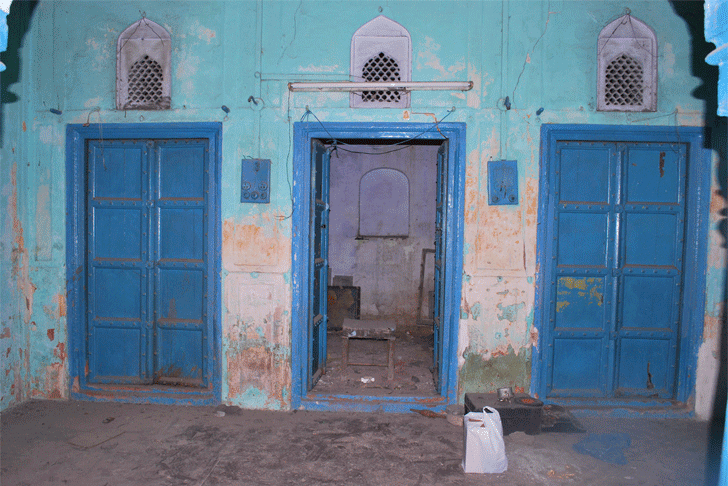
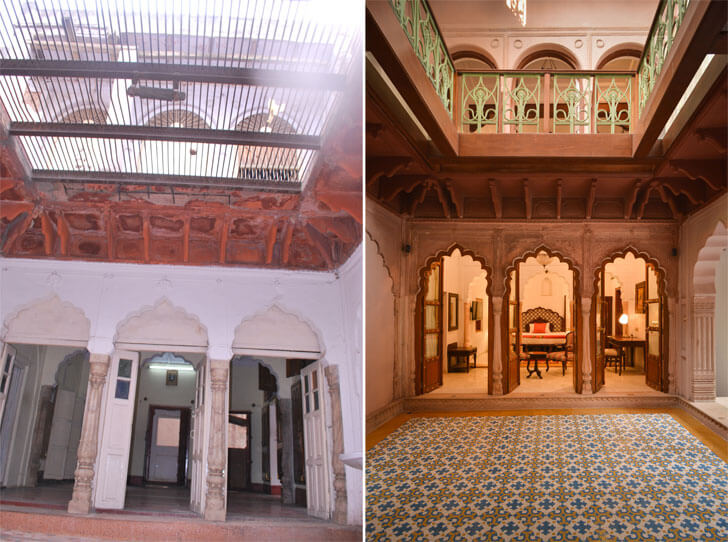
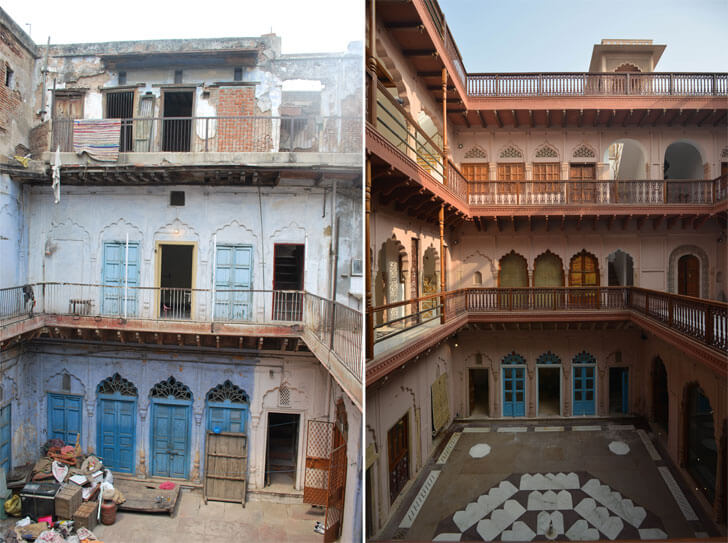
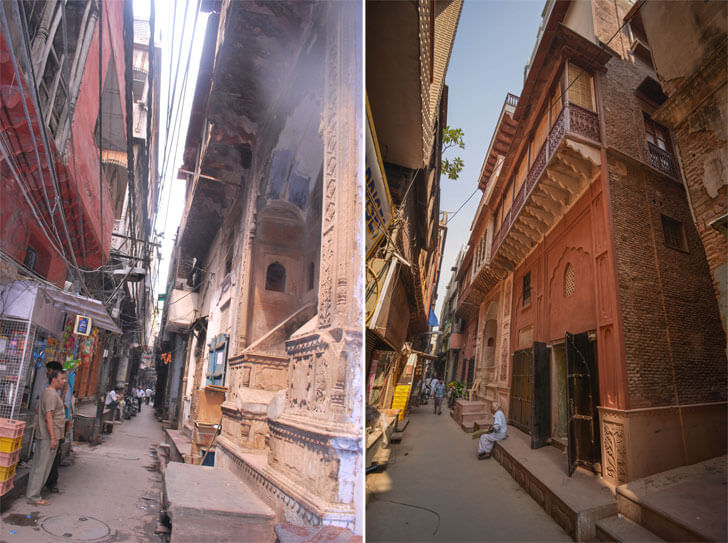
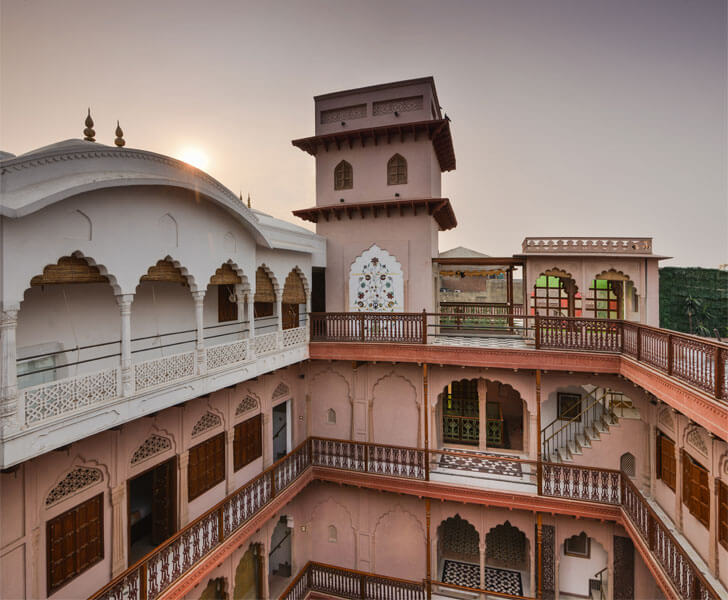

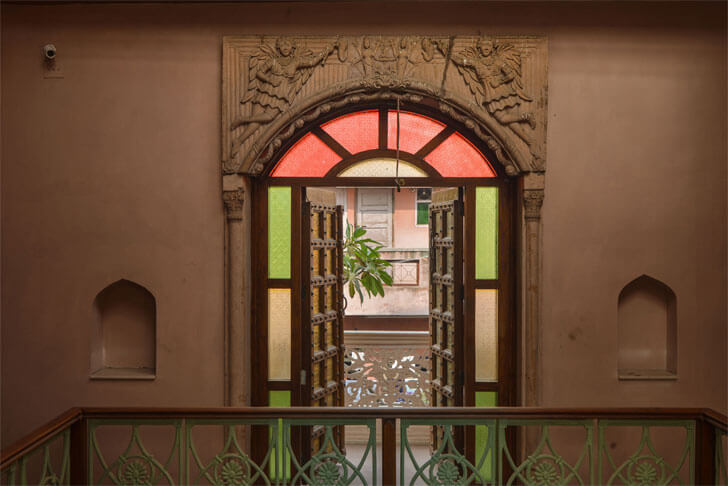


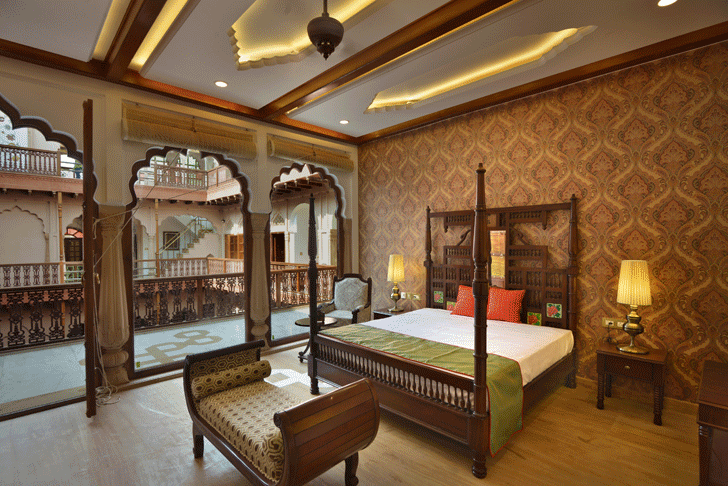
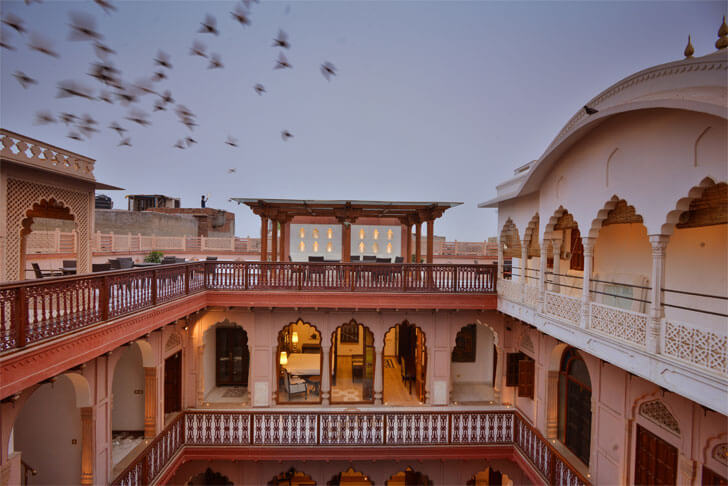
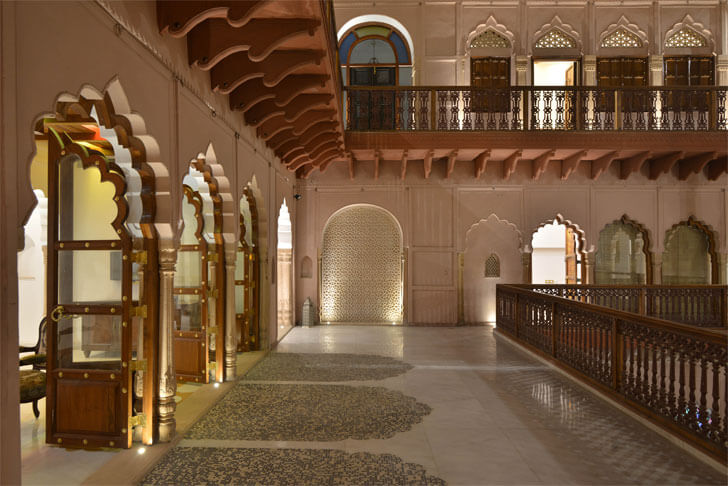
Nice article.Thank you so much for sharing this article.
ReplyDelete